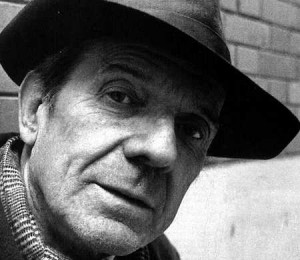 The body without organs is one of the more elusive concepts belonging to the philosophical vocabulary of Gilles Deleuze. One way to conceive of the body without organs is by means of the aesthetic approach to the theory of sensation that Deleuze provides in his study of the artwork of the Irish painter Francis Bacon.
The body without organs is one of the more elusive concepts belonging to the philosophical vocabulary of Gilles Deleuze. One way to conceive of the body without organs is by means of the aesthetic approach to the theory of sensation that Deleuze provides in his study of the artwork of the Irish painter Francis Bacon.
In this paper I will show how the body without organs works and, subsequently, how the body without organs testifies to the vital power of the body. I will do this by tracing the constitution of a rhythm wherein the invisible forces of the sensible and the vital power of the body coincide. The rhythm of the body without organs constitutes a pure logic of sensation, which is presented by the figure that stands at the centre of the paintings by Francis Bacon.
The fact of the figure is the body grasped as the primary place where the fundamental struggle between force and matter is played out. By following Deleuze’s exposition of the logic of sensation, thinking the primacy of the body not only becomes possible, but also necessary.
Created by ANNE BOUMA

This is truly helpful, thanks.